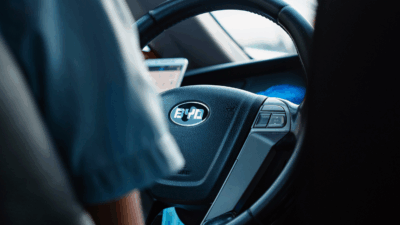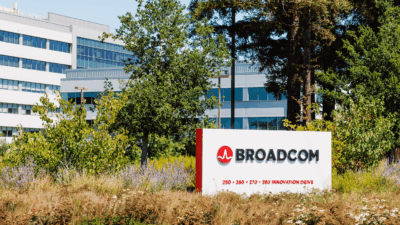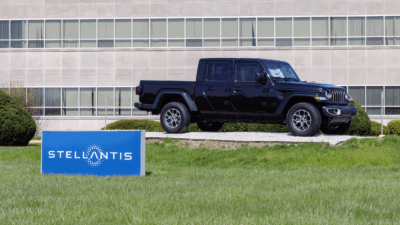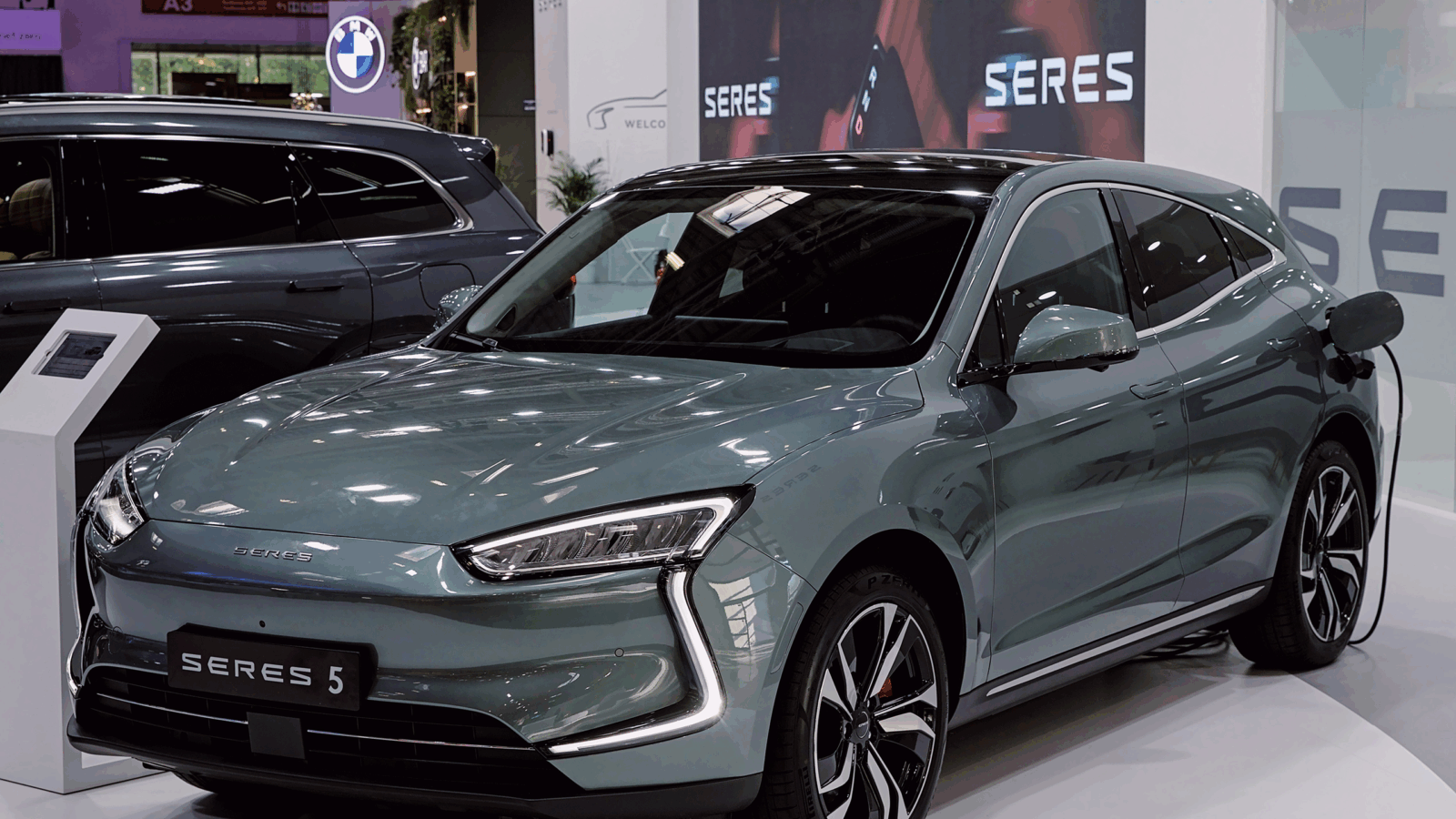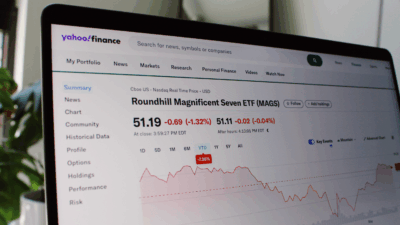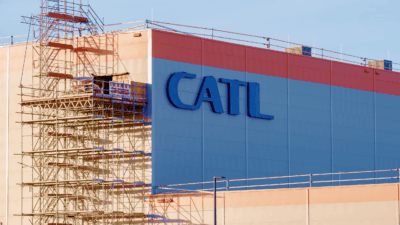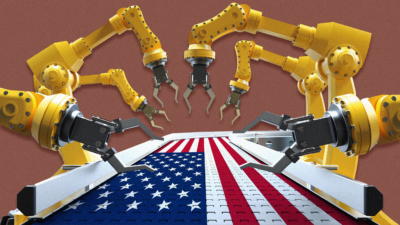Nvidia and Softbank-Backed Self-Driving Startup Races Toward Market
What makes Wayve stand out is that its autonomous vehicle software is designed to learn to drive while driving, sort of like humans do.
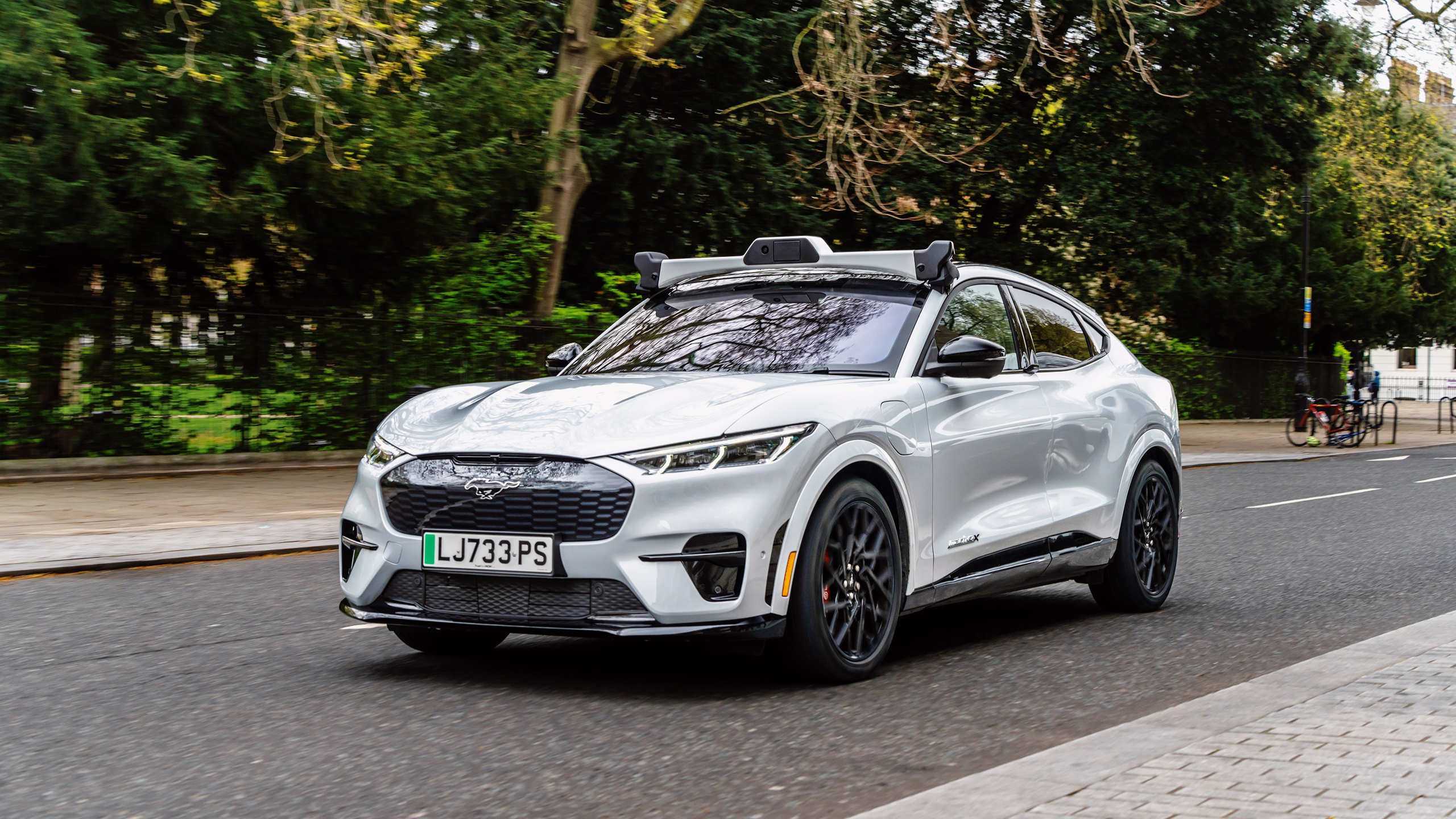
Sign up for smart news, insights, and analysis on the biggest financial stories of the day.
Wayve is ready to make waves.
The London-based AI autonomous vehicle software startup — which counts Softbank, Nvidia, Uber, and Microsoft among its backers — said Monday that its AI technology learned how to drive on American roads within just a few weeks. A commercial rollout that will see it compete with BYD and Tesla is likely not far off.
Learning the Ropes
What makes Wayve stand out is that its autonomous vehicle software is designed to learn to drive while driving, sort of like humans do. That is to say it doesn’t rely on thorough maps or pre-programmed rules to navigate like some rival AI models. Instead, it is trained on hours of driving data, from which it learns local traffic signs and rules and how to react accordingly on its own — anyone from a neighbouring state can tell you that’s already better than most human Massachusetts drivers.
The company gave up on developing autonomous vehicles years ago in favor of developing technology to sell to auto manufacturers. That allows its products to be built into different cars and eliminates heavy overhead costs. Last year, investors led by Softbank poured in to the tune of $1 billion. On Monday, the company announced a training breakthrough:
- Wayve published data that suggests its AI — which has been able to adjust to different cities and vehicle platforms in the UK, where it’s been running tests since 2018 — adapted faster and more cheaply to US roads, with just a little bit of “additional US-specific training data.” The company started training in California in October and in Germany earlier this month.
- “New results show that with just 500 hours worth of incremental US-specific data collected over eight weeks, Wayve’s AI successfully adapted to US road infrastructure, signage, traffic laws, and driving behaviors, approaching UK-equivalent performance in urban and highway driving,” the company said in a statement. Of incredibly important and obvious note, it learned not to drive on the left side of the road, as one does in Britain.
In addition to selling its technology to carmakers, Wayve struck a partnership with Uber last year to explore the rollout of fully autonomous vehicles on the ride-hailing service’s app. Among the vehicles it has tested, according to its website, are the Jaguar I-PACE electric SUV, the Maxus e9 van and the Ford Mustang Mach-E.
The Competition: Wayve promises to be disruptive in two interesting ways. Selling its self-driving technology to legacy carmakers means those carmakers could immediately compete with both Tesla and China’s BYD, the two global leaders in developing their own autonomous vehicles. And its Uber partnership could eventually lock horns for market share with Alphabet’s Waymo, which also partnered with Uber, in this case to offer driverless rides in Austin, Texas. Waymo is also scheduled to launch its service in Atlanta, where Lyft and May Mobility have a similar project in the works, this year. Tesla, meanwhile, says its own robotaxis are coming in 2025.

